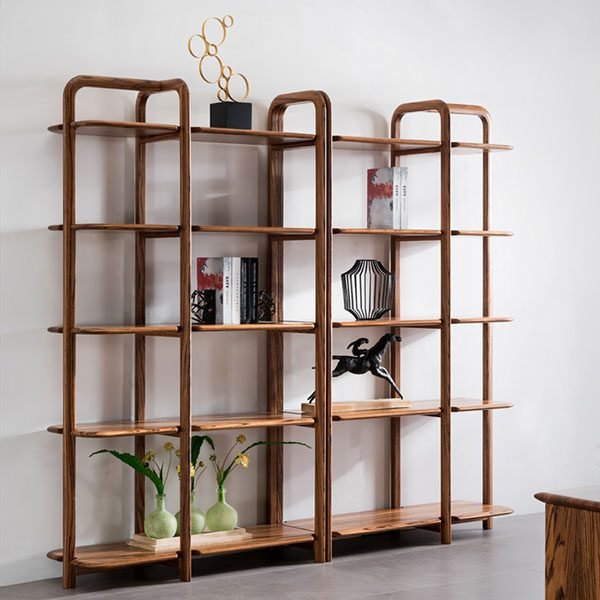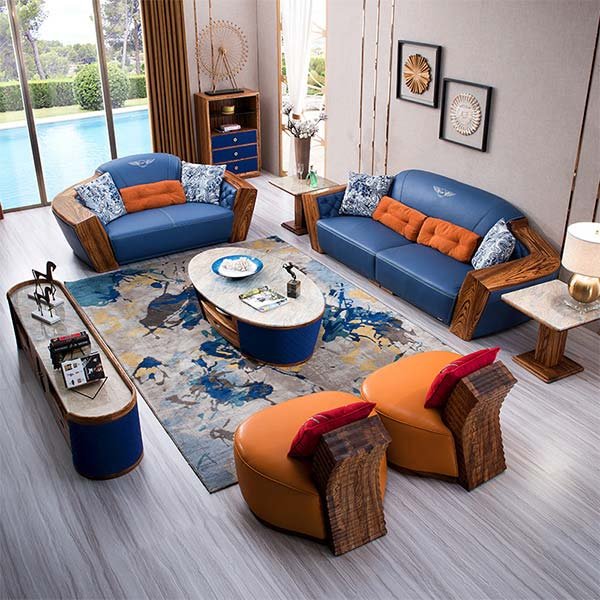“Enhancing Comfort, One Backrest at a Time”
Ergonomic design and its influence on back support
Ergonomic design and its influence on back support
When it comes to choosing dining chairs, comfort is a key factor to consider. After all, no one wants to sit through a long meal in an uncomfortable chair. One important aspect of comfort is the backrest of the chair. The design of the backrest can have a significant impact on the overall comfort and support provided to the user. In this article, we will explore the importance of ergonomic design and its influence on back support in dining chairs.
Ergonomic design is all about creating products that are comfortable and efficient for human use. When it comes to dining chairs, ergonomic design plays a crucial role in ensuring that users can sit for extended periods without experiencing discomfort or pain. The backrest of a chair is particularly important in providing support to the spine and promoting good posture.
A well-designed backrest should have a shape that follows the natural curve of the spine. This helps to maintain the natural alignment of the spine and reduces the risk of developing back pain or other related issues. Additionally, the backrest should be adjustable to accommodate different body types and preferences. This allows users to customize the chair to their specific needs and ensures a comfortable sitting experience for everyone.
Another important aspect of ergonomic design is the material used for the backrest. It should be firm enough to provide adequate support, yet soft enough to offer a comfortable seating surface. Materials such as mesh or padded fabric are commonly used in dining chairs to strike the right balance between support and comfort.
In addition to the shape and material, the height of the backrest also plays a role in providing proper back support. A backrest that is too low may not provide enough support to the upper back and shoulders, leading to slouching and discomfort. On the other hand, a backrest that is too high may restrict movement and cause stiffness. Finding the right height for the backrest is essential for optimal comfort and support.
Furthermore, the angle of the backrest is another important consideration. A slightly reclined backrest can help distribute the weight evenly across the back, reducing pressure on specific areas. This can prevent the development of pressure points and discomfort during prolonged sitting.
In conclusion, the backrest of a dining chair plays a crucial role in providing comfort and support to the user. Ergonomic design principles should be applied to ensure that the backrest follows the natural curve of the spine, is adjustable, and made of suitable materials. The height and angle of the backrest should also be carefully considered to promote good posture and prevent discomfort. By choosing dining chairs with well-designed backrests, you can enhance the overall comfort of your dining experience and promote better spinal health.
Different types of backrests and their effects on posture
Different types of backrests and their effects on posture
When it comes to choosing dining chairs, comfort is a key factor to consider. One important aspect that greatly affects comfort is the backrest. The design and type of backrest can have a significant impact on your posture and overall dining experience. In this article, we will explore different types of backrests and their effects on posture.
Firstly, let’s discuss the classic straight backrest. This type of backrest is commonly found in traditional dining chairs. It provides a straight and upright support for your back, promoting good posture. The straight backrest helps to align your spine properly, preventing slouching and ensuring that you sit up straight while dining. This type of backrest is ideal for those who prefer a more formal and upright seating position.
On the other hand, there are chairs with curved backrests. These backrests are designed to follow the natural curve of your spine, providing a more relaxed and comfortable seating experience. The curved backrests offer better lumbar support, which is essential for maintaining a healthy posture. This type of backrest is suitable for those who prefer a more casual and relaxed dining experience.
Another type of backrest commonly found in dining chairs is the high backrest. As the name suggests, this backrest extends higher than the average backrest, providing additional support for your upper back and neck. The high backrests are particularly beneficial for individuals who suffer from back or neck pain, as they help to alleviate strain and provide extra comfort. Additionally, high backrests can create a sense of elegance and sophistication in your dining area.
In contrast, there are also chairs with low backrests. These backrests are shorter in height and offer minimal support for your upper back and neck. While they may not provide as much support as high backrests, low backrests can be a stylish choice for modern and minimalist dining spaces. However, it is important to note that prolonged use of chairs with low backrests may lead to poor posture and discomfort, especially for individuals with existing back issues.
Furthermore, some dining chairs feature adjustable backrests. These backrests can be tilted or reclined to suit your preferred seating position. The ability to adjust the backrest allows you to find the most comfortable angle for your back, promoting better posture and reducing the risk of discomfort. Adjustable backrests are highly recommended for individuals who spend long hours at the dining table or have specific back support requirements.
In conclusion, the type of backrest in your dining chairs plays a crucial role in determining your comfort and posture. Whether you prefer a straight, curved, high, low, or adjustable backrest, it is important to choose one that suits your individual needs and preferences. Consider factors such as your seating position, existing back issues, and the overall style of your dining area. By selecting the right backrest, you can enhance your dining experience and ensure optimal comfort and support for your back.
The role of padding and upholstery in enhancing comfort
The role of padding and upholstery in enhancing comfort
When it comes to dining chairs, comfort is a key factor that cannot be overlooked. After all, no one wants to sit on an uncomfortable chair while enjoying a meal. One important aspect that contributes to the overall comfort of a dining chair is the padding and upholstery.
Padding plays a crucial role in providing a soft and comfortable seating experience. It helps to cushion the body and relieve pressure points, ensuring that you can sit for extended periods without discomfort. The thickness and density of the padding can vary, depending on personal preference and the intended use of the chair.
Upholstery, on the other hand, refers to the fabric or material that covers the padding. It not only adds a touch of style to the chair but also affects its comfort. The choice of upholstery can greatly impact the overall feel of the chair. For example, a plush velvet upholstery can create a luxurious and cozy seating experience, while a sleek leather upholstery can give a more modern and sophisticated look.
In addition to aesthetics, upholstery also affects the breathability of the chair. Some materials, such as leather or vinyl, may not allow air to circulate freely, leading to a sweaty and uncomfortable seating experience. On the other hand, fabrics like cotton or linen are more breathable and can help regulate body temperature, ensuring a more pleasant sitting experience.
Another important aspect to consider is the maintenance of the upholstery. Some materials may be more prone to staining or require special cleaning methods, which can be a hassle in the long run. It is important to choose upholstery that is easy to clean and maintain, especially if you have young children or pets.
Furthermore, the quality of the padding and upholstery can also affect the durability of the dining chair. High-quality materials are more likely to withstand regular use and maintain their shape and comfort over time. Investing in a well-made chair with good padding and upholstery can save you from the hassle of having to replace it frequently.
When choosing dining chairs, it is important to consider the role of padding and upholstery in enhancing comfort. The right combination of padding thickness, density, and upholstery material can make a significant difference in the overall seating experience. It is worth taking the time to test different chairs and upholstery options to find the perfect balance of comfort and style for your dining area.
In conclusion, the padding and upholstery of dining chairs play a crucial role in enhancing comfort. The thickness and density of the padding, as well as the choice of upholstery material, can greatly impact the overall feel of the chair. It is important to consider factors such as breathability, maintenance, and durability when selecting the right dining chairs for your space. By paying attention to these details, you can ensure a comfortable and enjoyable dining experience for yourself and your guests.
Заключение
Заключение: Наличие спинки на стульях для обеденного стола оказывает значительное влияние на комфорт. Спинка обеспечивает опору для спины, улучшает осанку и снижает усталость во время сидения. Отсутствие спинки может привести к неудобству и дискомфорту, особенно при длительном использовании стула. Поэтому рекомендуется выбирать обеденные стулья с удобной и эргономичной спинкой для обеспечения максимального комфорта во время приема пищи.



